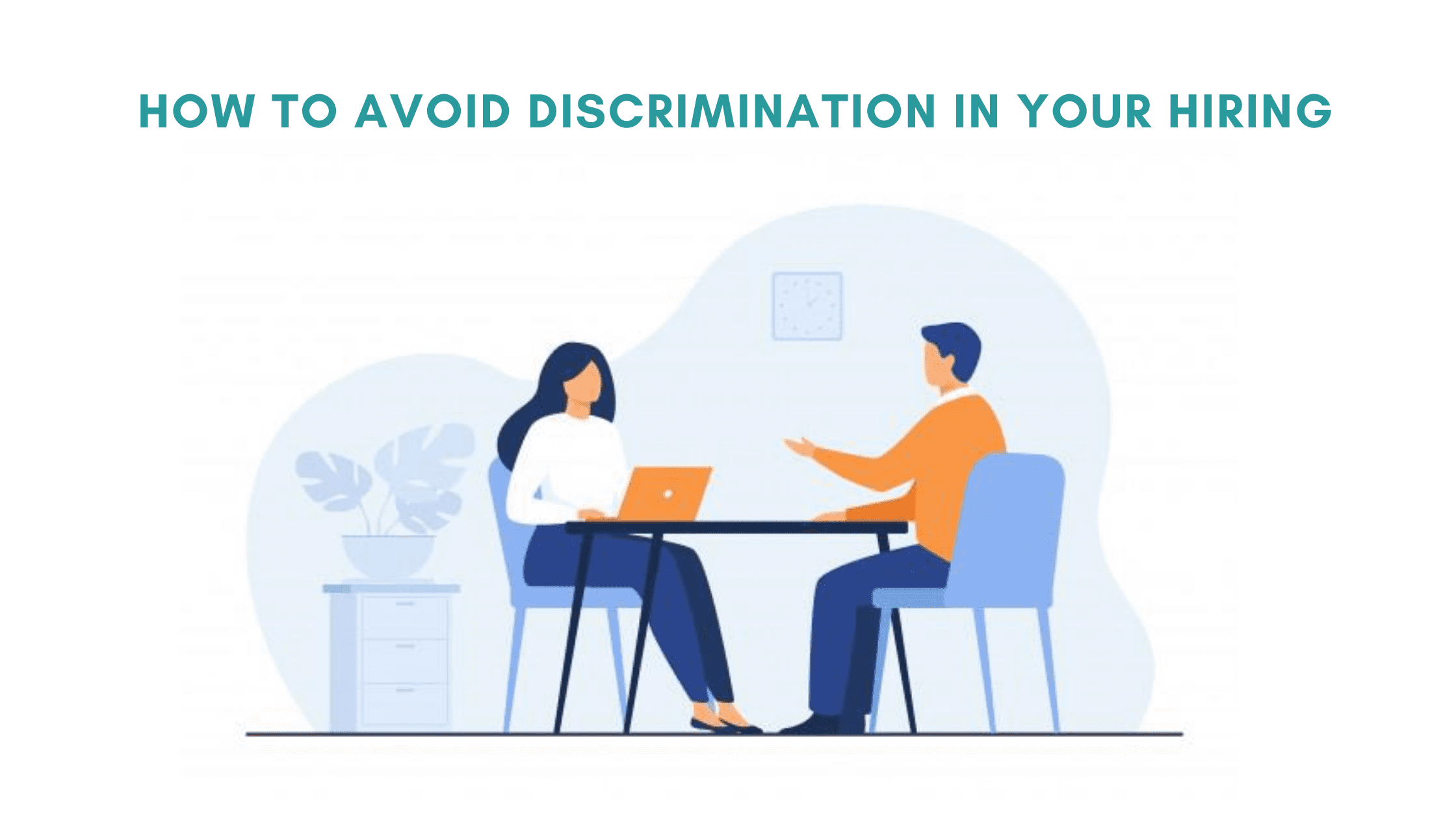
Recruiting a new staff seems like an exciting endeavor. After all, it indicates that your business is growing. However, it can be full of potential challenges and risks. Having discrimination involved and implemented in your hiring process is one such a huge risk. Imagine a not hired job candidate claiming that your decision to not hire them was based on illegal discrimination! He can sue you with a costly lawsuit. You most certainly would never want that. If you’re thinking that your hiring process is entirely free of discrimination, you need to think again. Your Hiring process can involve discrimination, knowingly, or unknowingly. However, to be a perfect recruiter, your hiring process should be free of any kind of discrimination. So, in this article, we will try to understand what is discrimination in hiring and tips to avoid discrimination in your hiring.
Many organizations and employers are already aware about the benefits of having a diverse workplace. It can boost productivity, as well as drive innovation within a team. However, still many recruiters and HR managers are struggling to hire and retain a well diverse workforce. While there can be a bunch of factors contributing to this, one of the most important one is discrimination in the hiring process.
What Is Discrimination In Hiring?
Discrimination in hiring is the practice of depriving employment to certain groups of candidates based on their ethnicity, race, nationality, biological feature, gender, or age. Discrimination doesn’t always have to be negative, it can be positive too. If you are offering someone a position only because of one of the facts mentioned above, that’s discrimination too. Discrimination in hiring can be of three types:
- Direct Discrimination- Treating someone differently if they possess any of the specific traits mentioned above.
- Indirect discrimination – Formulating and implementing rules or policies that have a negative impact on a specific group of people.
- Harassment – Intentionally creating a hostile environment for someone or a group of specific people.
All applicants should be given a fair chance during the entire recruitment process. To ensure this. various equality rules and acts from around the globe prohibit discrimination based on any ground. For instance, The Equality Act 2010 of UK states that any kind of discrimination in recruiting or personale selection is a punishable offense. So, as a recruiter, you are legally obliged to ensure that your hiring process is free of any kind of discrimination. That’s why you need to keep a check on your hiring practices and avoid discrimination in hiring. Here are some tips on how you can have bias-free hiring.
Tips To Avoid Discrimination In Your Hiring Process
Decide On A Standard Set Of Criteria
Before drafting a job description and job ad, decide and jot down the exact skills and requirements your candidate will need. Set eligibility criteria for the role. Brainstorm with everyone in your hiring team on creating a standard set of criteria. Think about your needs. Whether you need your candidate to have fluency in a particular language. Or you need a highly qualified person. Analyze all your needs and hire accordingly. However, these criteria should be applicable to all the candidates. This way it is ensured that they are judged and analyzed in the same way. By setting these criteria, you can easily get ready for the further hiring process based on these.
Draft Neutral Job Description
Discrimination in the hiring process may begin even before a candidate applies. Many recruiters often end up drafting a job description that contains biased language or requirements. However, it is essential to draft a detailed and well-written job description. It is one of the most critical documents in defense against any kind of discrimination accusations. This is so because a job description guides the candidates through the essentials like responsibilities, duties, and requirements for a position. It also guides the recruiter to conduct a fair assessment. So, as an unbiased employer, your job description should include a gender-neutral job title most importantly. Also, make sure it doesn’t involve any legally protected groups or class. Including assuring statements like “We believe in giving equal opportunity to every individual” can always help in your defense against discrimination.
Prioritize Your Job Ads
You need to pay great attention on drafting your job ads. Discriminatory advertisements are illegal and carry hefty fines. Therefore you need to be very conscious of creating your job advertisements. Do not include anything in your advertisement that has even a tiny possibility of being perceived as discriminatory. Refrain from using specific terms that can be seen as restrictive. Along with drafting neutral job ads, make sure that you advertise widely, on a number of locations. By doing this, you can ensure that you attract a wider section of applicants which will make your staff diverse.
Train Your HR And Recruiting Team
If you’re hiring on a large scale or for a specific role, you probably have a whole team involved in your hiring decision. In an ideal world, you would expect that everyone in your team would self educate themselves on discrimination. However, with everyone being busy in their day to day lives, it’s not possible. So it becomes essential that you train your hiring team for eliminating discrimination in hiring. Everyone involved in making hiring decisions should be well aware of the anti-discrimination laws and company policies. You need to effectively train your team to understand, recognize, and prevent various discriminations in hiring.
Focus On Your Interview
Interviews are the trickiest part when it comes to eliminating discrimination. This is because the interview process is far less scripted than drafting a job ad. This can create a number of impromptu situations. You might just end up unknowingly asking a question that your candidate can perceive as discriminatory. So, you need to make sure that your interview process is absolutely neutral and informative. Re-examine your interview structure and question to ensure it is as impartial as possible. For instance, you might be very tempted to ask a female candidate about her plans to have children. While you think that it’s a general question, your candidate will definitely feel that you’re sexist. So, while interviewing, you need to steer clear of the potential discriminatory questions.



